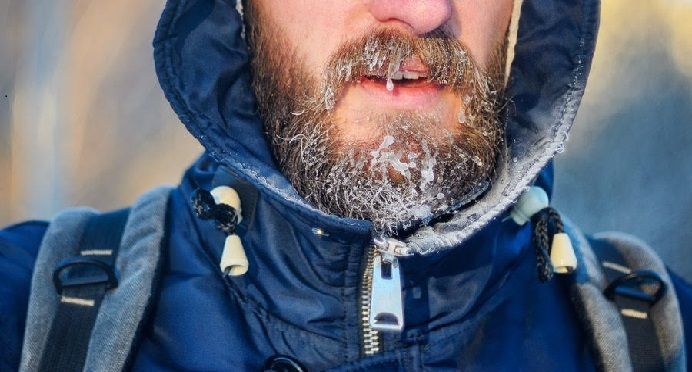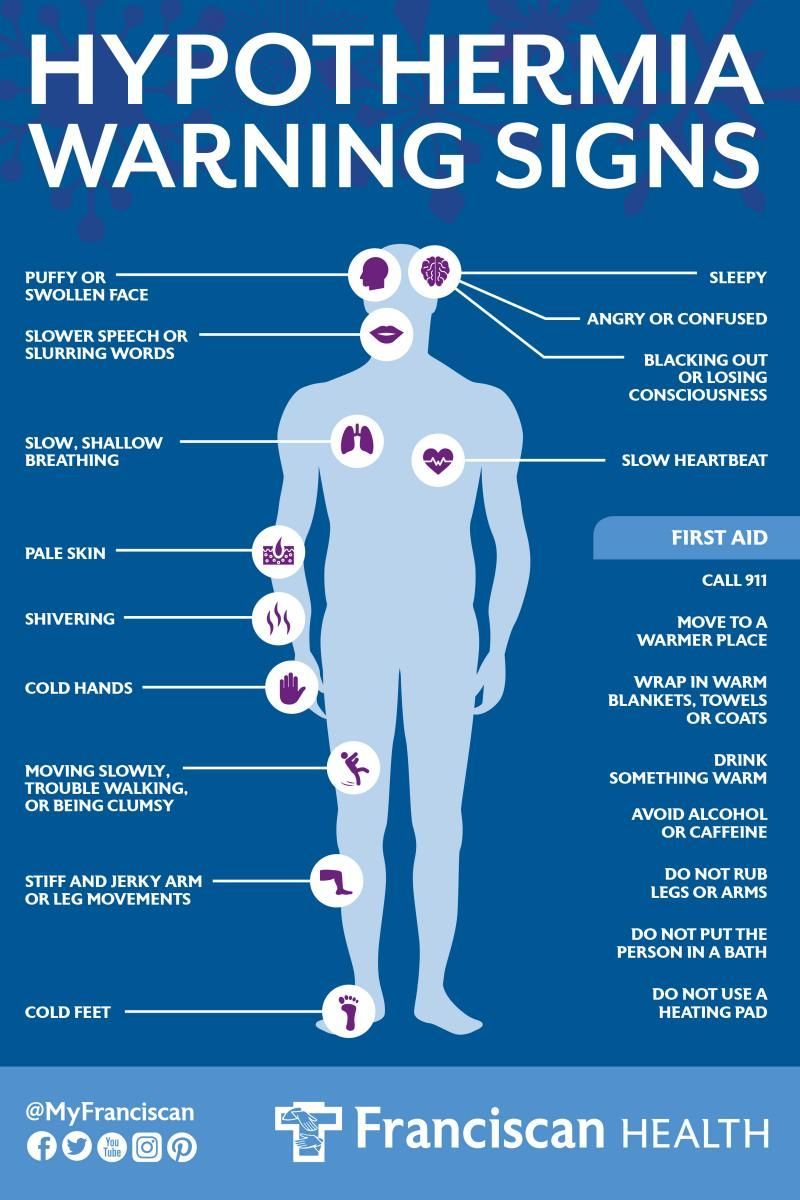Surviving an Iowa Winter

How to Take the Bite Out of Jack Frost
Iowa resident Steve Lose recalls vividly the day his life changed forever.
In February 2020, an automobile accident left him trapped inside his car for 15 hours in subzero temperatures. He had broken multiple bones, and his kidneys were failing. But it was the frostbite in his extremities that caused the most severe pain.
Lose said it felt like animals were gnawing on his hands and feet.
By the time a snowplow driver finally rescued him, his body temperature had dropped to 77 degrees.
In the end, doctors had to amputate his hands and feet, but Lose was grateful to be alive.
Ninety-four percent of all temperature-related deaths in the U.S. are caused by extreme cold. According to the CDC, more than 1,500 Americans die from hypothermia each year, and the risk of death by excessive cold is significantly higher in rural areas, particularly among males.
Welcome to Winter in Iowa
Last January, a brutal arctic blast besieged the Hawkeye State, resulting in temperatures over 20 degrees below zero and wind chills of -45. Iowa hospitals and clinics saw a sharp uptick in frostbite cases, with dozens requiring inpatient care. Many of these patients were elderly or stranded motorists.

The Deadliest Time
of the Year
Researchers from the obituary website Legacy.com have revealed that more U.S. deaths occur in January than in any other month. CDC statistics confirm that more than 250,000 Americans die each January -- well above the norm for other months.
Several factors play into this figure, but not all are fully understood.
Extreme cold can exacerbate pre-existing medical conditions, particularly cardiovascular and respiratory diseases. One British researcher found that most January deaths are due to respiratory and circulatory diseases, such as pneumonia, coronary heart disease, and stroke.
In addition, people who are seriously ill may hang on during the holidays for a final opportunity to see loved ones and enjoy the emotional warmth of the season.
While cold weather is inherently deadly, it can also kill indirectly by suppressing our immune systems, making us more vulnerable to illness. (See sidebar, "The Deadliest Time of the Year.”)
Out in the Cold
When spending time outdoors this winter, an ounce of prevention is worth a pound of cure. The Mayo Clinic offers the following frostbite-prevention tips:
- Limit your time outside whenever the weather is cold, wet, or windy.
- Dress in multiple layers of loose, warm clothing. Choose undergarments that wick moisture away from your skin and outer garments that are both wind- and waterproof.
- Wear a hat or headband that fully covers your ears, and wear mittens (not gloves).
- Seek warm shelter immediately if you notice red or pale skin, prickling, or numbness.
- Avoid alcohol; it will cause your body to lose heat faster.
- Before venturing out in the cold, eat well-balanced meals and stay hydrated.
- Keep moving to stimulate blood flow, but don't exercise to the point of exhaustion.
- Once inside, immediately remove wet clothing, particularly gloves, hats, and socks.
On the Road
Before you head out on the road this winter, stock your vehicle with emergency supplies, including:
- Snow shovel, ice scraper, and broom;
- Sand, kitty litter, or any abrasive material to help with traction;
- Jumper cables, flashlight, and flares or other emergency markers;
- Blankets, a cell phone and charger, water, food, and necessary medicines.
--Article Continues Below--

In addition, the National Highway Traffic Safety Administration (NHTSA) recommends the following:
- Keep your gas tank filled.
- Postpone non-essential travel until roads are clear.
- Even if you use a GPS, familiarize yourself with directions and maps and let others know your route and expected arrival time.
Lastly, if your winter driving skills are a bit rusty, bone up – but not like these guys:
Sources:
Featured Image: Adobe, License Granted
Recent Posts











Share On: